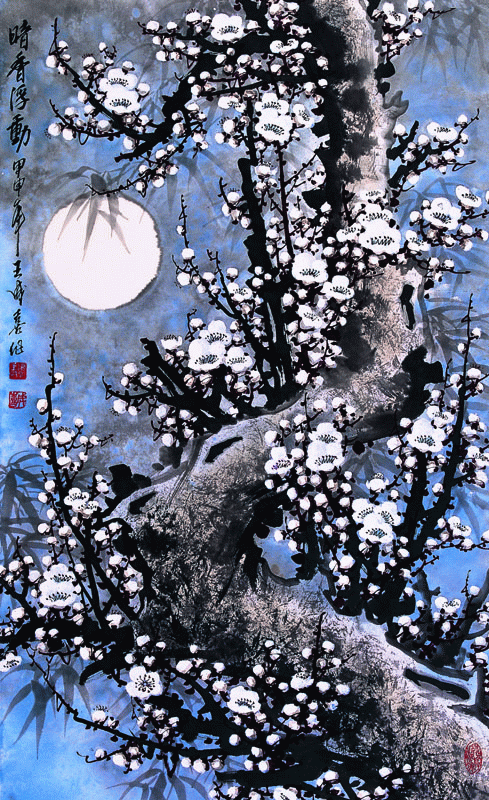 Chinese people are fond of lions very much. To Chinese people, lions stand for power, fortune and wisdom.
Chinese people are fond of lions very much. To Chinese people, lions stand for power, fortune and wisdom.As the king of mammals, lions became symbols of power and strength. In ancient China, only emperor, government, or rich people use lion’s sculptures guarding their house, because they believe lion's power would fortify their solemnness. Nowadays China, we can find these sculptures stand in front of the gate of every important building, government, bank, company, and college or university.

Lion’s figures are popular in folk society for they may bring joy and fortune. Lion Dances, which exist in China over thousand years, is another important and traditional way to celebrate happy events. Lion Dance is easier to carry out for it can be operated by a single dancer, while Long Dances need over tens people to perform.
Roughly, Lion Dance divided into north style and south style.
Look at the pictures below:
 The first picture is the costume for south style lion dance, while second is north style.
The first picture is the costume for south style lion dance, while second is north style.
Roughly, Lion Dance divided into north style and south style.
Look at the pictures below:

 The first picture is the costume for south style lion dance, while second is north style.
The first picture is the costume for south style lion dance, while second is north style. There is a question about Chinese lion. Chinese people are very familiar with lions’ image, from kids to old ladies, wherever in far away villages or cities. But there are no wild lions ever lived in Chinese land, and no lion fossils have been found in China. How did ancient Chinese people know so many things about lion?
There are two guesses to this issue. One said that there were wild Asian lion lived in China, but they were hunted and eaten up by Chinese people, because Chinese people are good eaters. Another said that there had been wild Asian lions lived in ancient Persian and India, and they were imported through Silk Road.
Which guess is more reasonable?

Lions are one of Buddhism's most potent symbols. Lions can be found in Sutra and Buddhism artwork two thousand years ago. In Sutra, Buddha's teachings are referred to as the ‘Lion's Roar’, representing power, wisdom, and definiteness. Manjushri, a bodhisattvas symbolizing wisdom, rides on a lion.
Buddhism originated in India 2500 years ago, and arrived in China in the 2nd century BC, along with the opening of Silk Road. It is not surprised that the lion came into China with Buddhism.
Buddhism originated in India 2500 years ago, and arrived in China in the 2nd century BC, along with the opening of Silk Road. It is not surprised that the lion came into China with Buddhism.

Lions’ concepts and figures penetrate daily life of Chinese people, but everybody forget where they come from. This is a typical example relating “culture melting”.
Jun 11, 2007 in HWC library
Jun 11, 2007 in HWC library


3 comments:
HI! Dawn is this part of your new class? How is it? Is it helping you? It is really nice to know about other cultures, like your culture.
Dear Monarca,
Thank you for coming to my bloge.
This is something I owed Gitte. I should have writen it earlier.
The first one "Chicago Smiling" is my first speech in the speech class. Up to now, my feeling to this class is so so, maybe I would give it a better appraisement later. I am finding what Gitte teach us is extremly useful!
I strongly agree with you about Gitte class. I am still missing her class for many things. Firs, her Dynamism was something that I really admire in her. Second her commitment with us in giving us feedback in our homeworks as soon as she could. Among others is her passion for teaching and her will to help the students. For these things I missed her class, but the story has to continue and new teachers are coming. The only thing is to be thanked to Gitte for her wonderful class, and hoping her the best.
Post a Comment